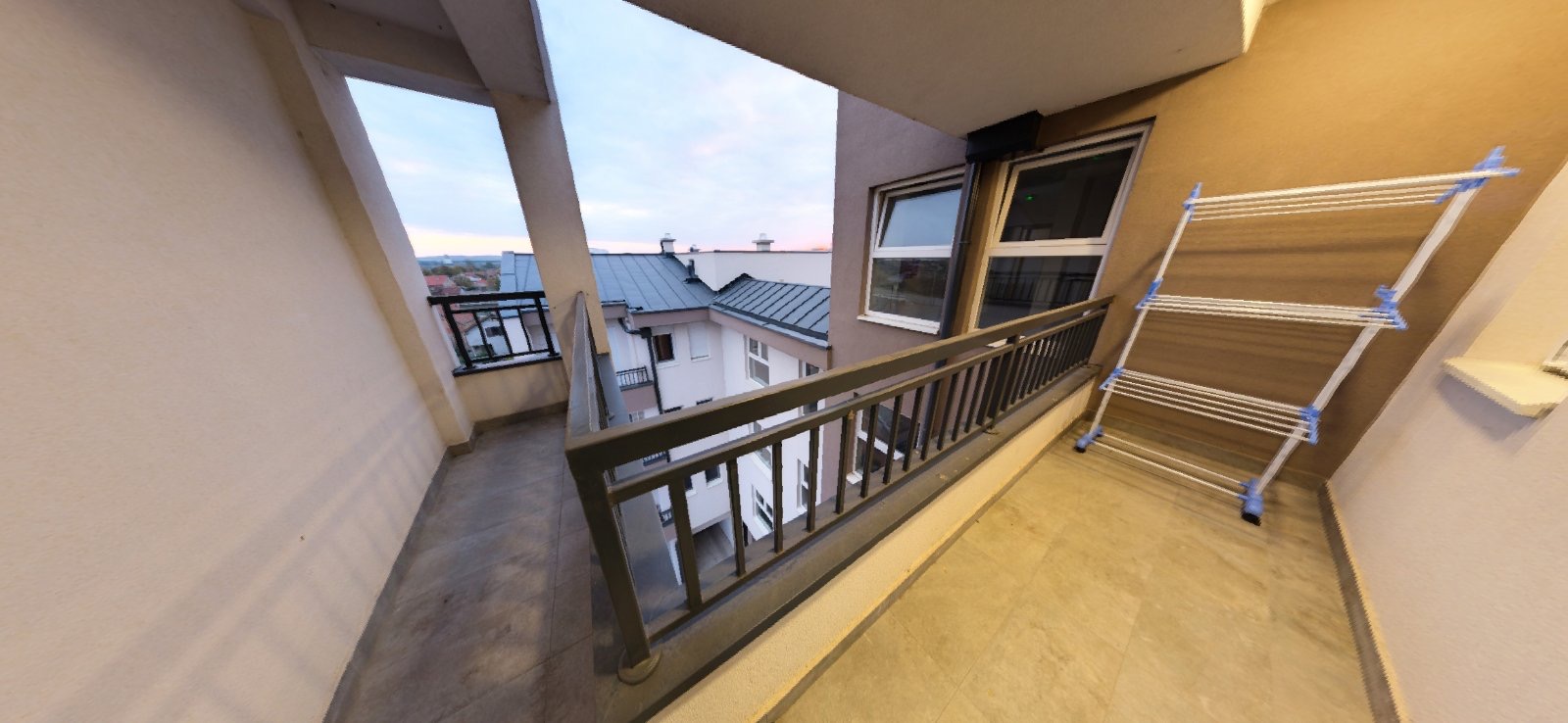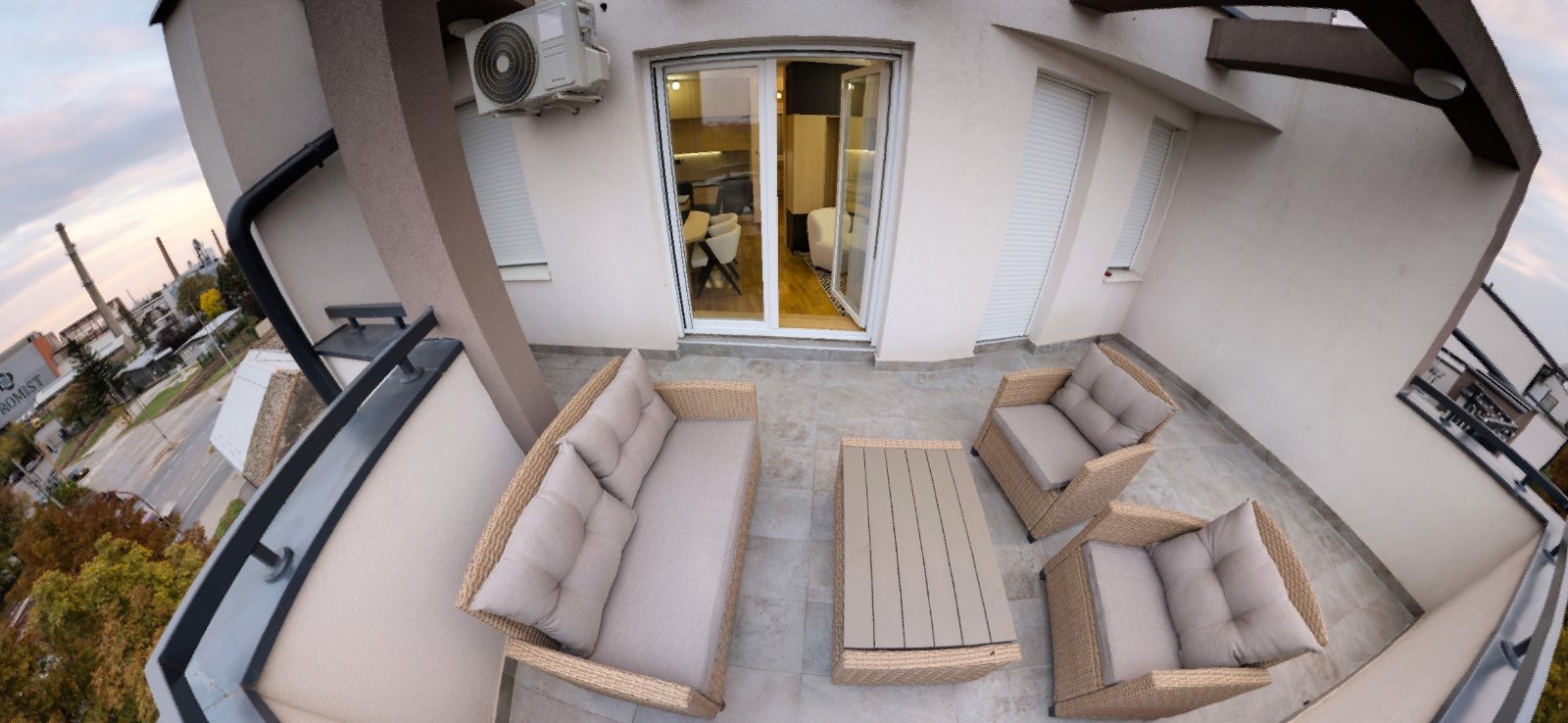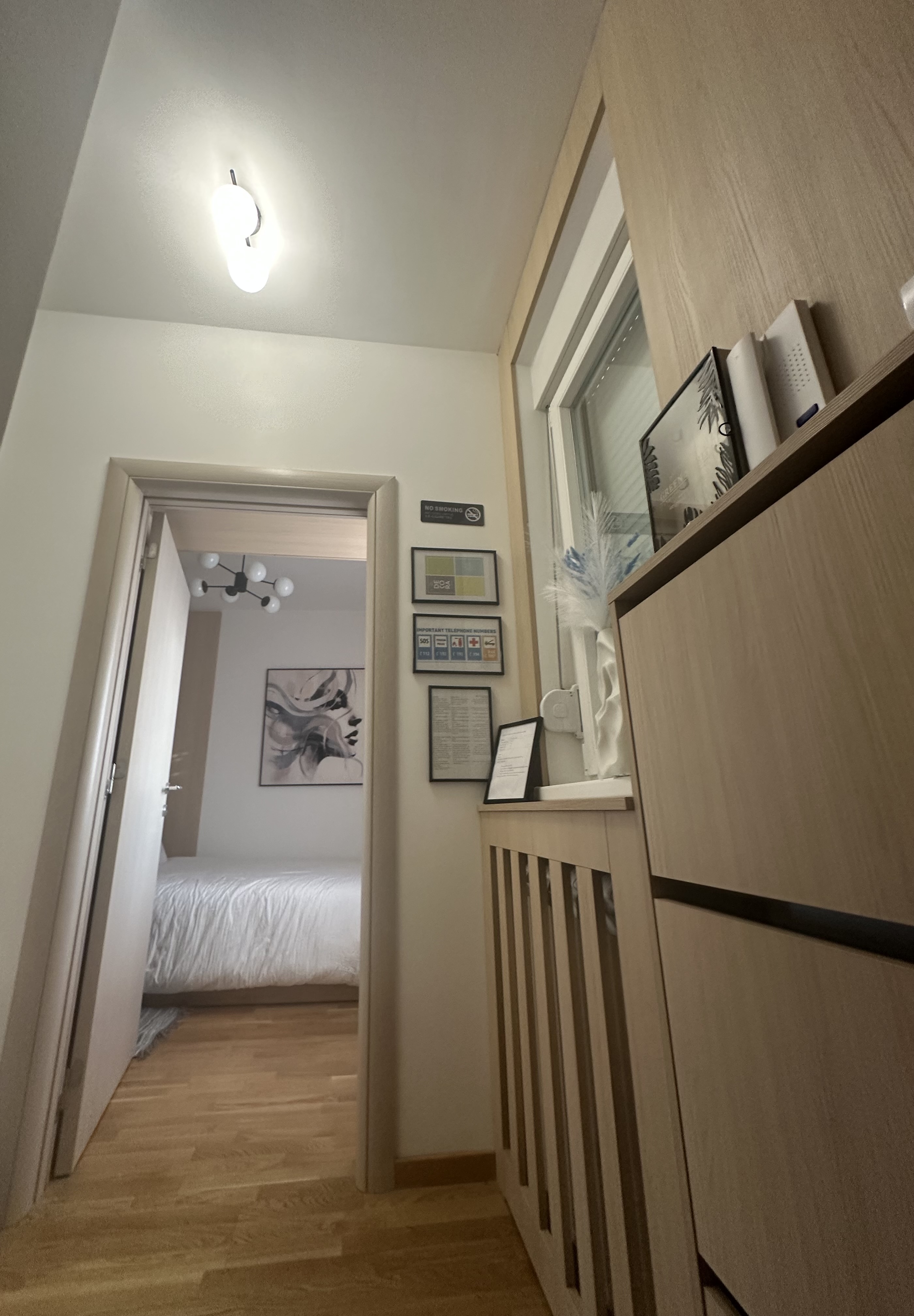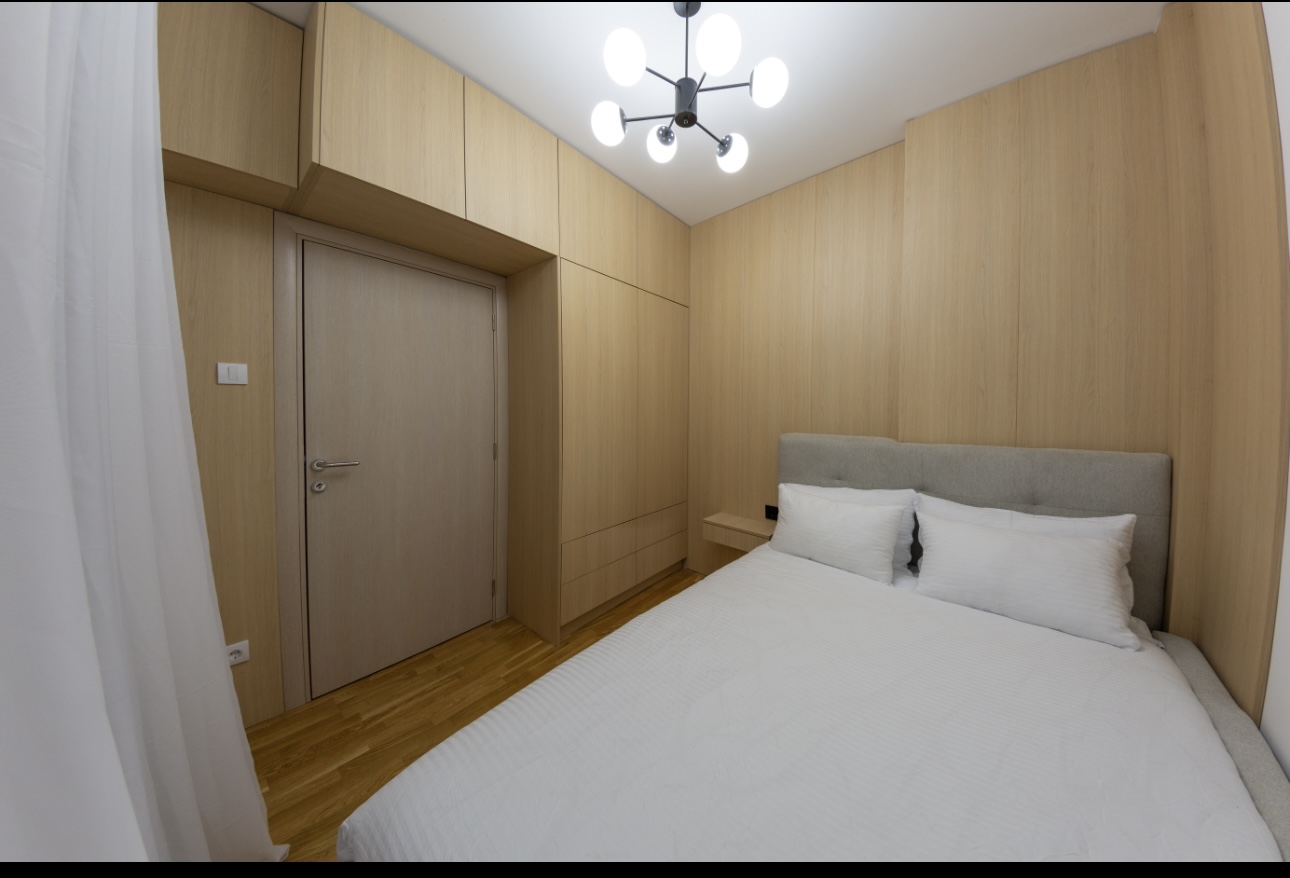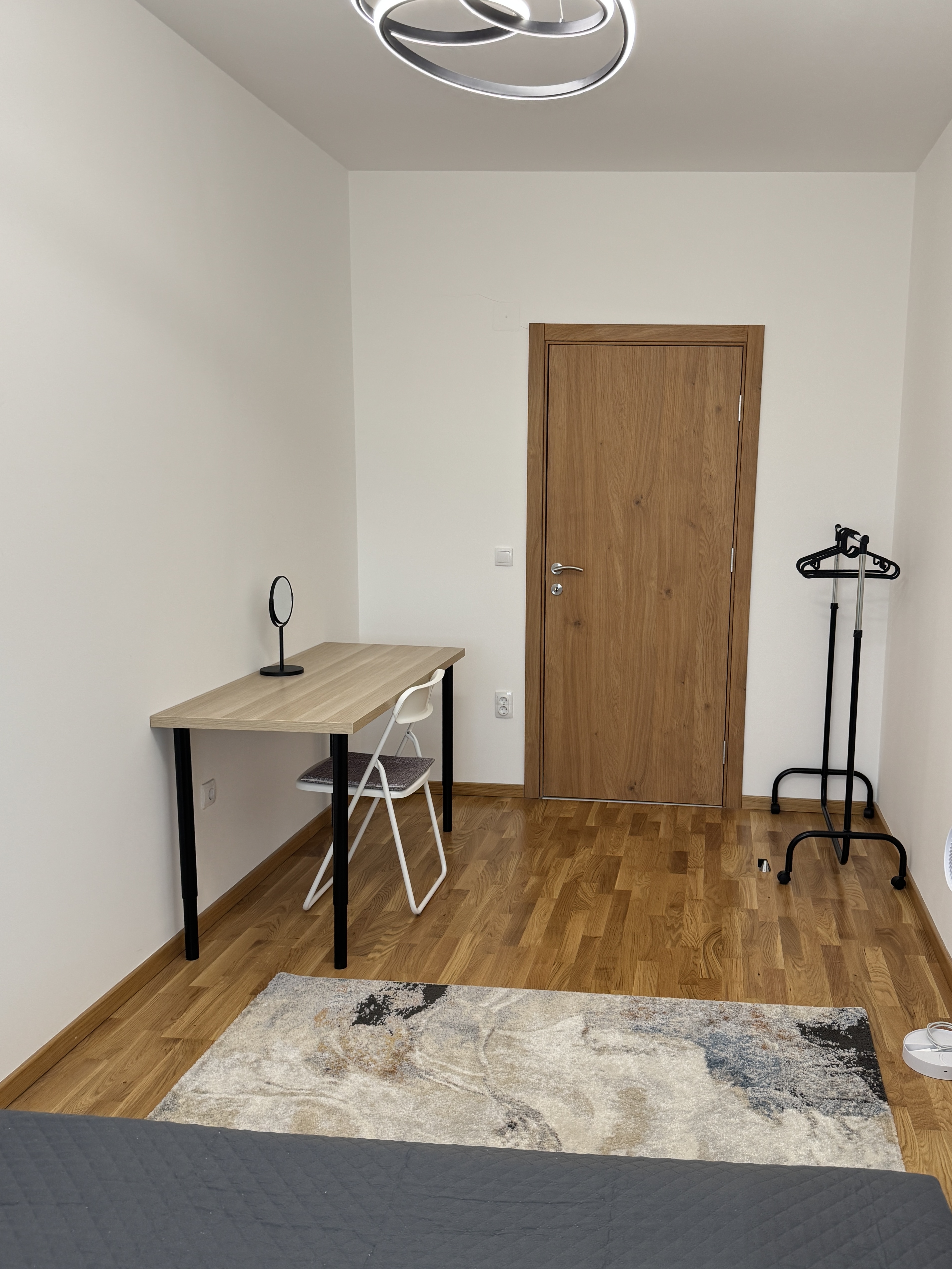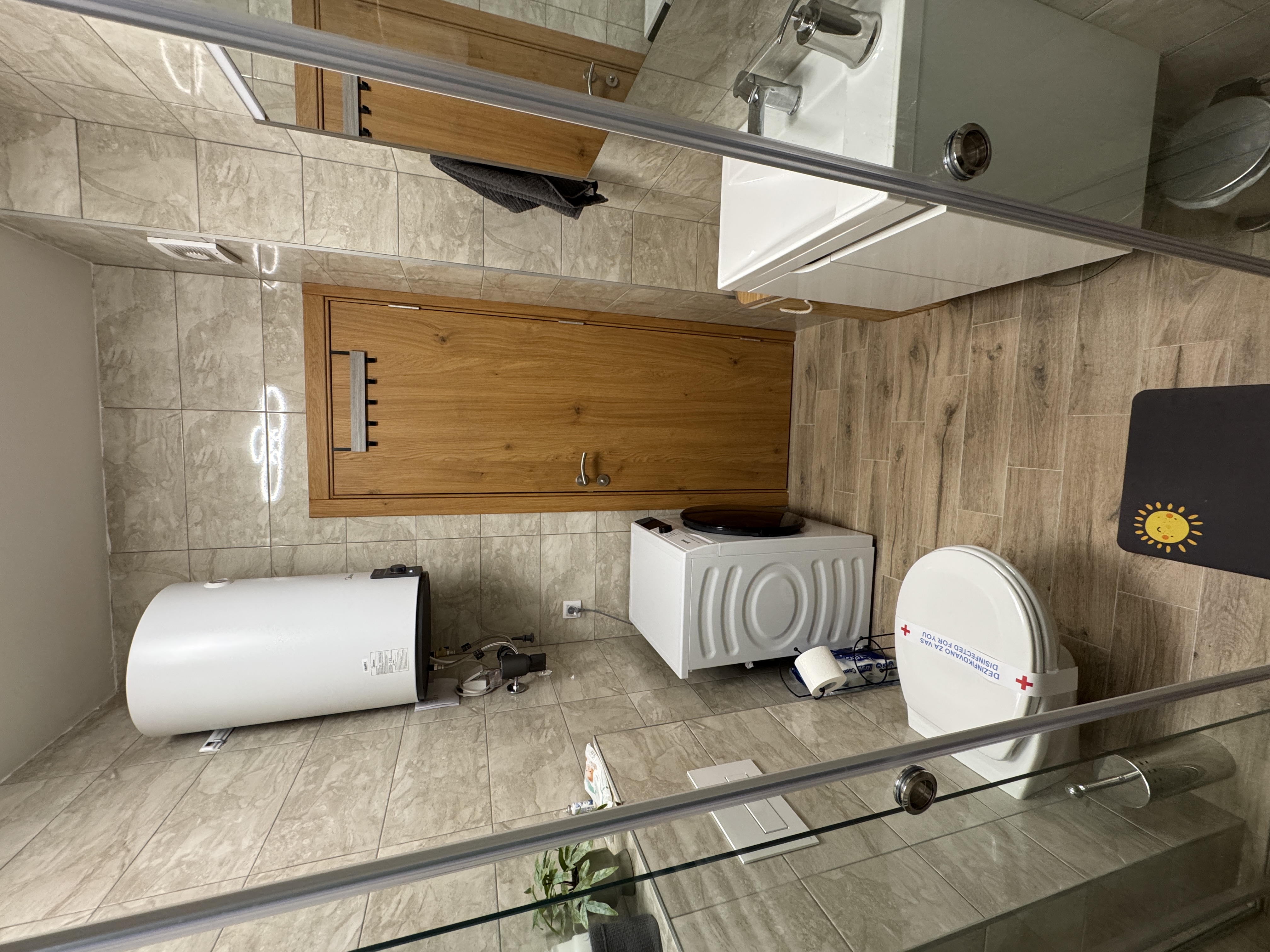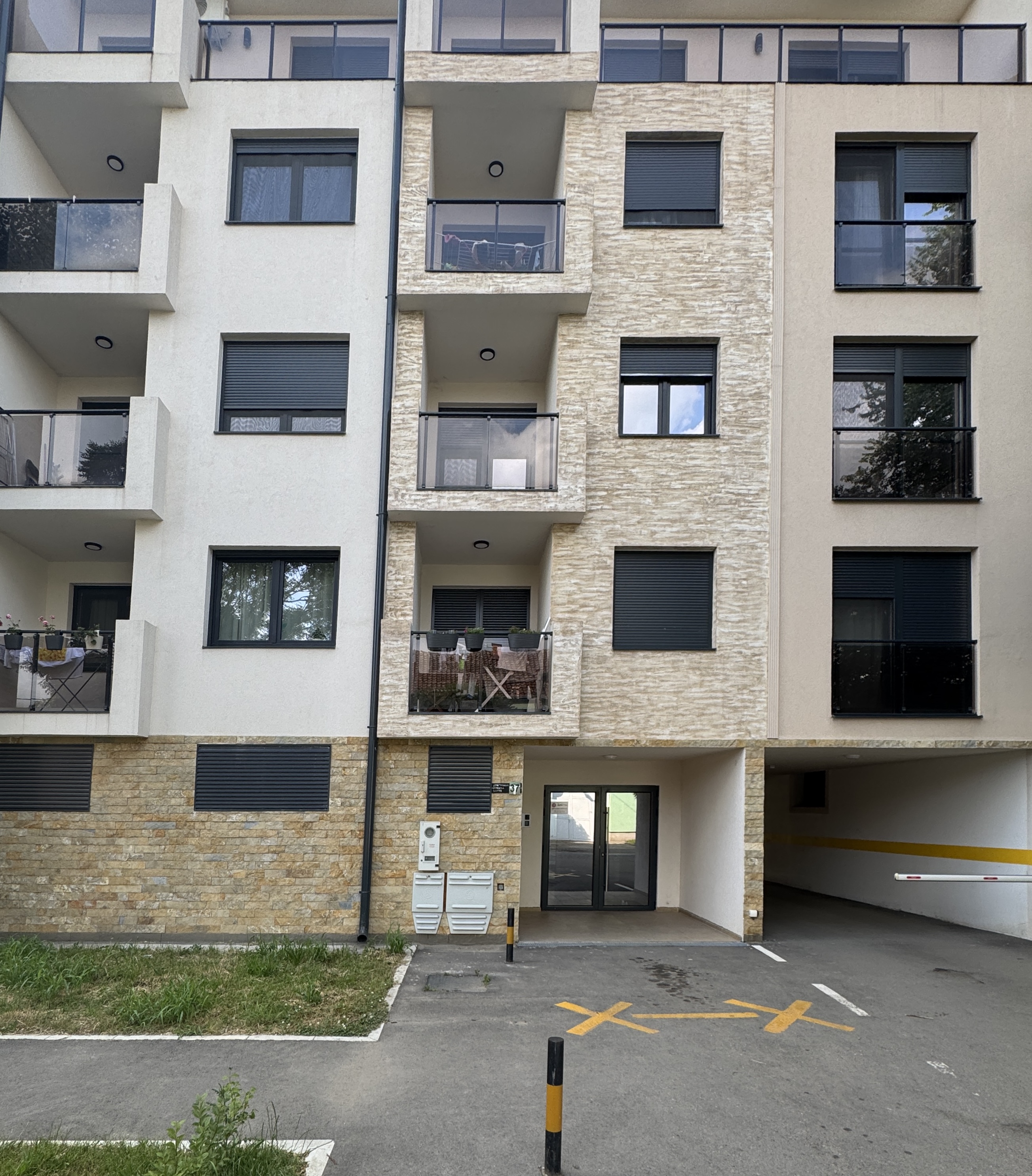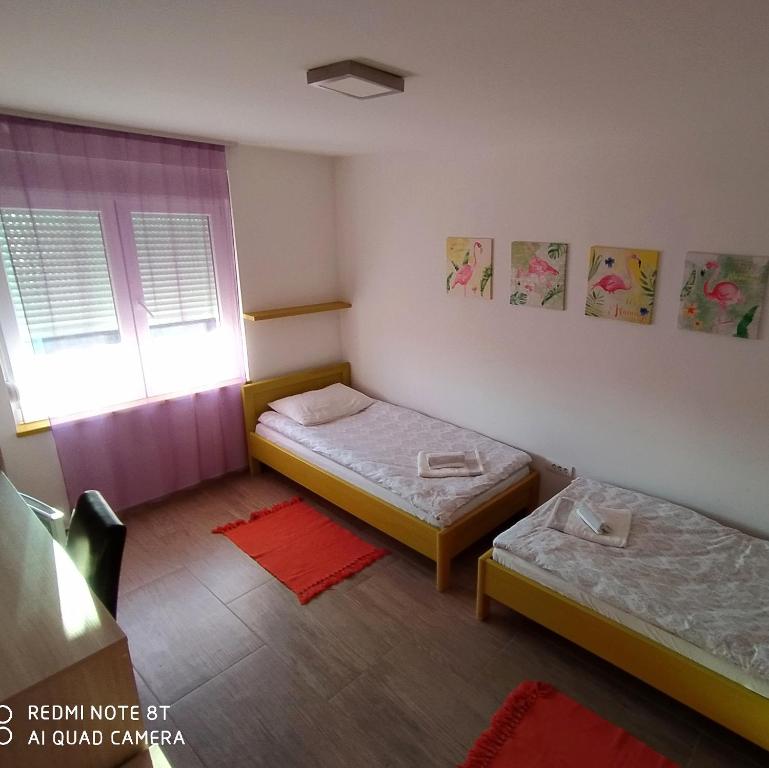Deliblatska peščara
Share this attraction
Back

Deliblatska peščara
Pancevo
Welcome to Deliblato Sands - the only sandpit in Europe, located in the southeastern part of Vojvodina, in southern Banat. Below you will find some interesting facts about it and the easiest way you can get to this place.
Appearance and characteristics of Deliblato sands
The area of this vast area is about 300 km2, and it stretches between the Danube and the southwestern slopes of the Carpathians. The main sand masses of Deliblato sands are ellipsoidal in shape, surrounded by fertile loess agricultural areas. This place is:
Appearance and characteristics of Deliblato sands
The area of this vast area is about 300 km2, and it stretches between the Danube and the southwestern slopes of the Carpathians. The main sand masses of Deliblato sands are ellipsoidal in shape, surrounded by fertile loess agricultural areas. This place is:
- one of the rare refuges for many specific species of flora and fauna, which are natural rarities on a European and world scale;
- geomorphological and ecological-biogeographical phenomenon not only of the Pannonian plain, but also of the whole of Europe;
- special nature reserve declared in 1977;
- the largest continental sandstone;
- Deliblato Sands has been on the UNESCO preliminary list since 2002 as an area of exceptional natural values.
History of Deliblato Sands
Deliblato sandstone was formed in the ice age from sand deposits that the wind transformed into a melon relief. Extreme climate and the absence of surface water in the central part, conditioned the development and preservation of unique sand, steppe and forest, and on the banks of the Danube wetlands and aquatic ecosystems, which once covered the entire Pannonian plain.
How to get to Deliblato Sands?
If you are leaving Belgrade by car, you will need about 2 hours to drive to Deliblato Sands. We have selected 2 routes for you that can easily reach this place:
Deliblato sandstone was formed in the ice age from sand deposits that the wind transformed into a melon relief. Extreme climate and the absence of surface water in the central part, conditioned the development and preservation of unique sand, steppe and forest, and on the banks of the Danube wetlands and aquatic ecosystems, which once covered the entire Pannonian plain.
How to get to Deliblato Sands?
If you are leaving Belgrade by car, you will need about 2 hours to drive to Deliblato Sands. We have selected 2 routes for you that can easily reach this place:
- via Route 10
- by highway A1 / E75.
Additional information
Deliblato sandstone is a habitat of rare plant and animal species such as: steppe peony, Virgil oak and sand insects. Most of the action of the popular Serbian film Who Sings There, as well as the legendary film Fight in Kosovo, were shot right here.
Deliblato sandstone is a habitat of rare plant and animal species such as: steppe peony, Virgil oak and sand insects. Most of the action of the popular Serbian film Who Sings There, as well as the legendary film Fight in Kosovo, were shot right here.

















